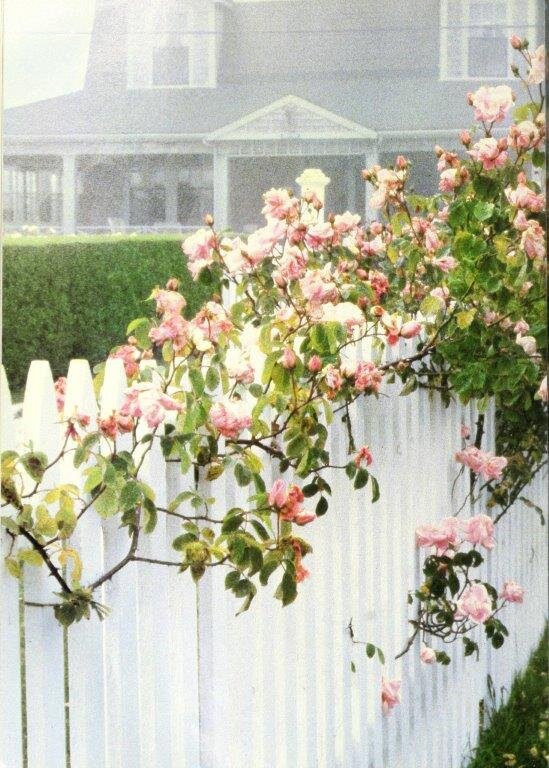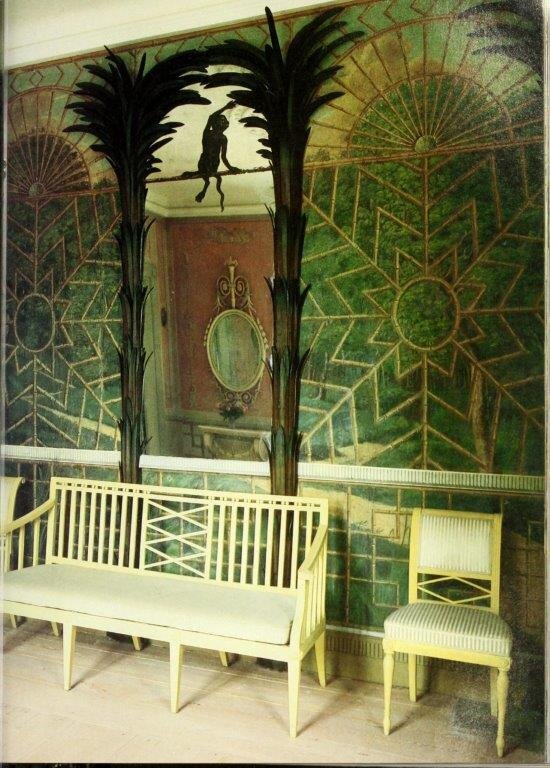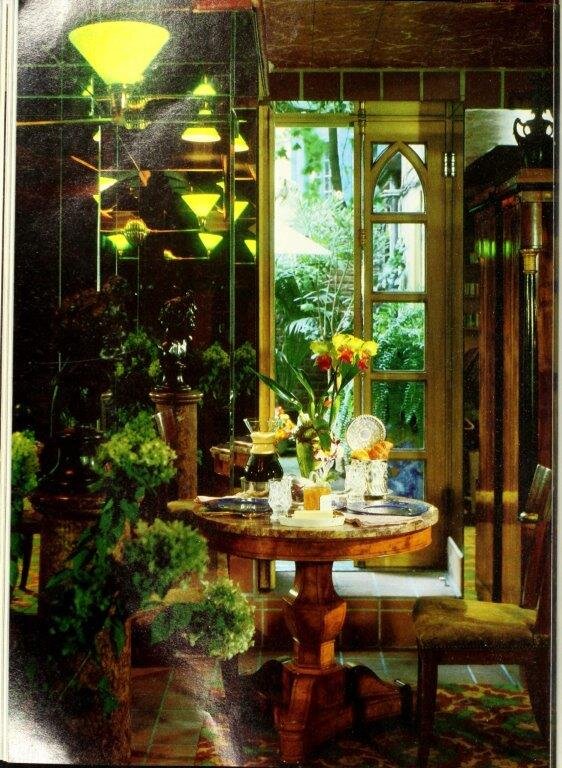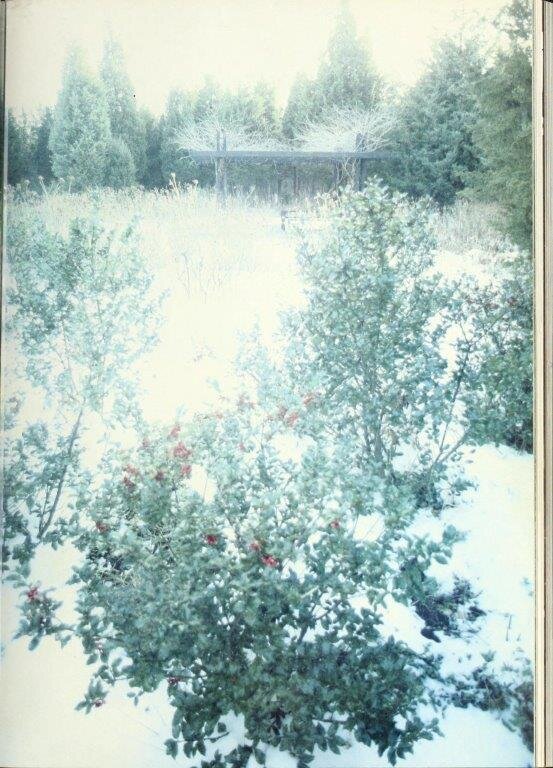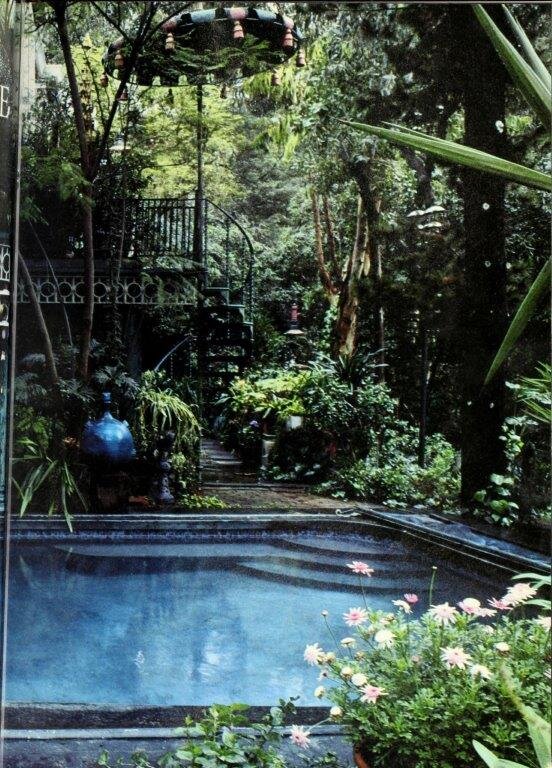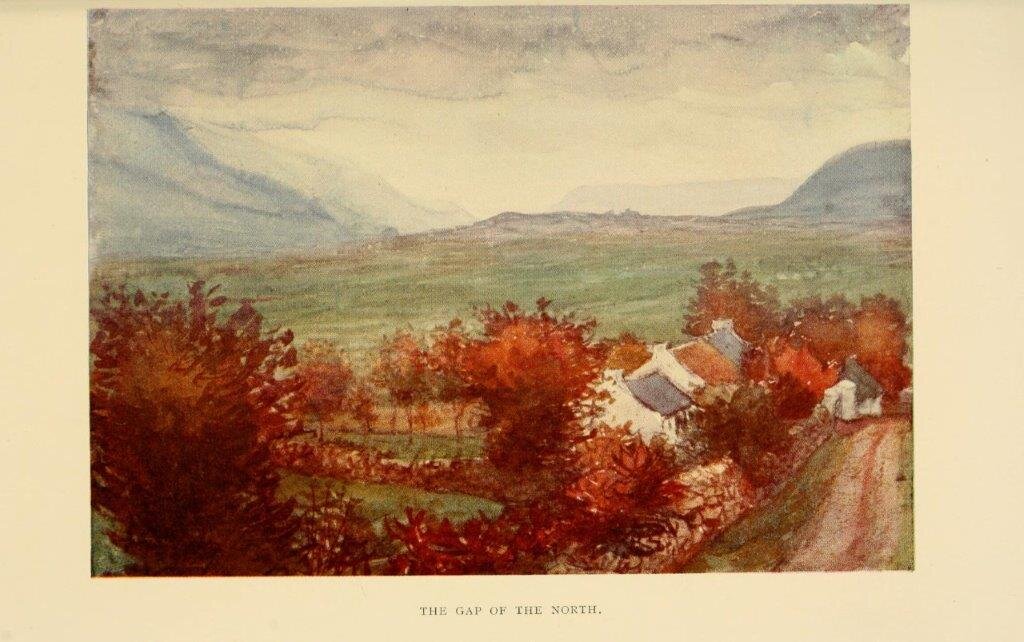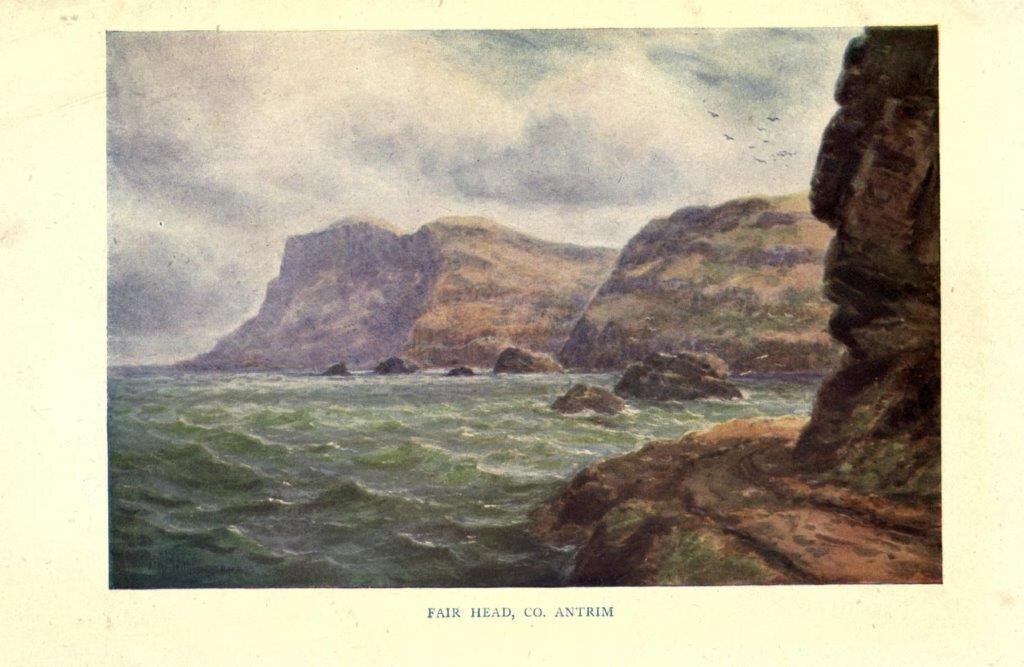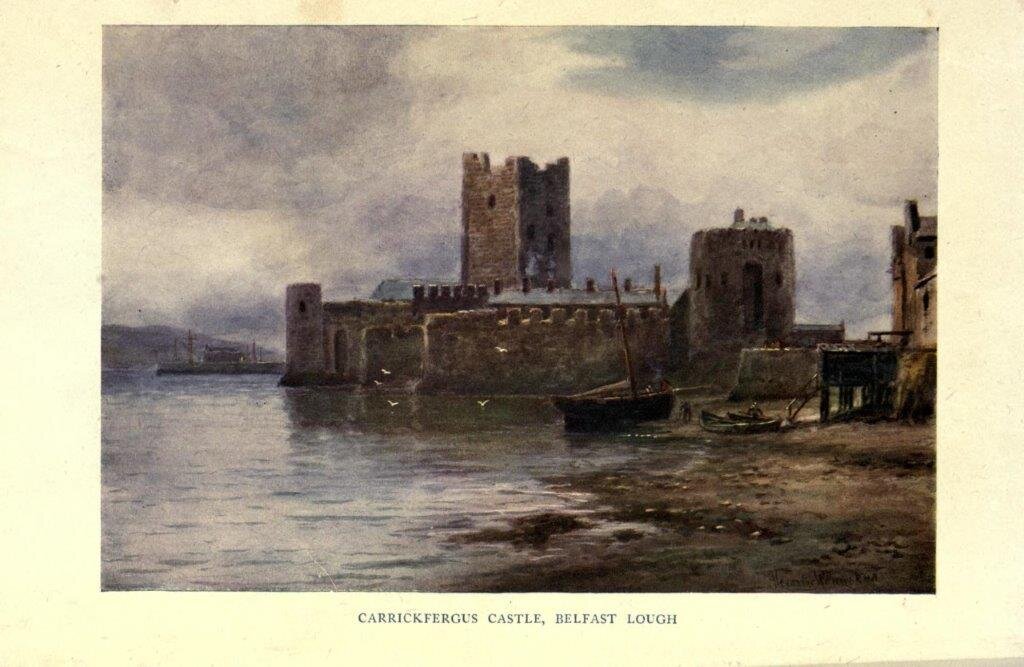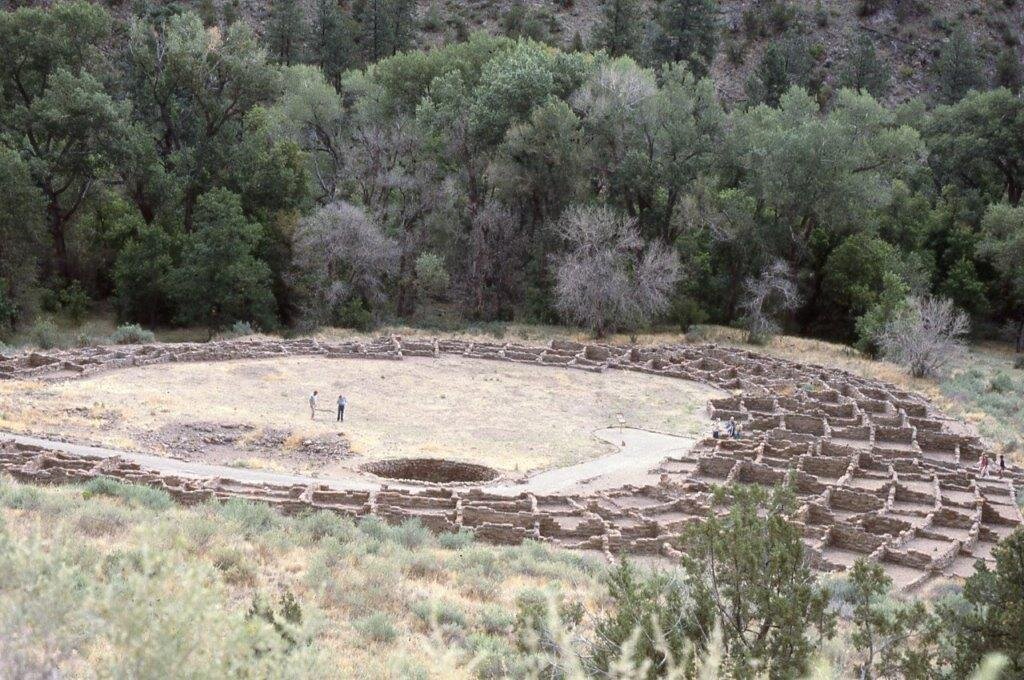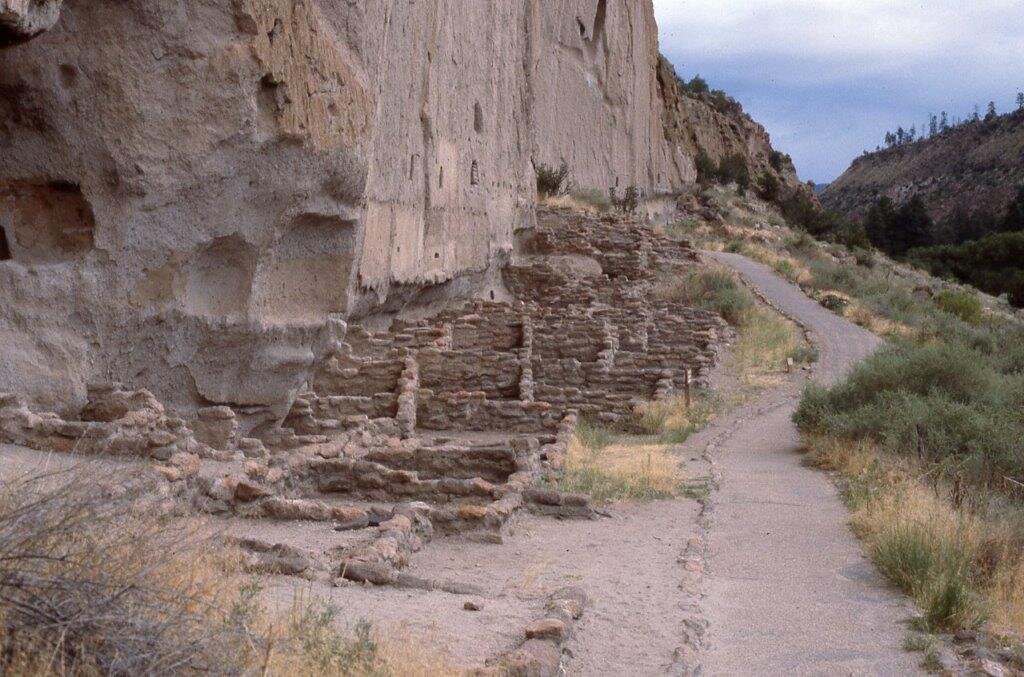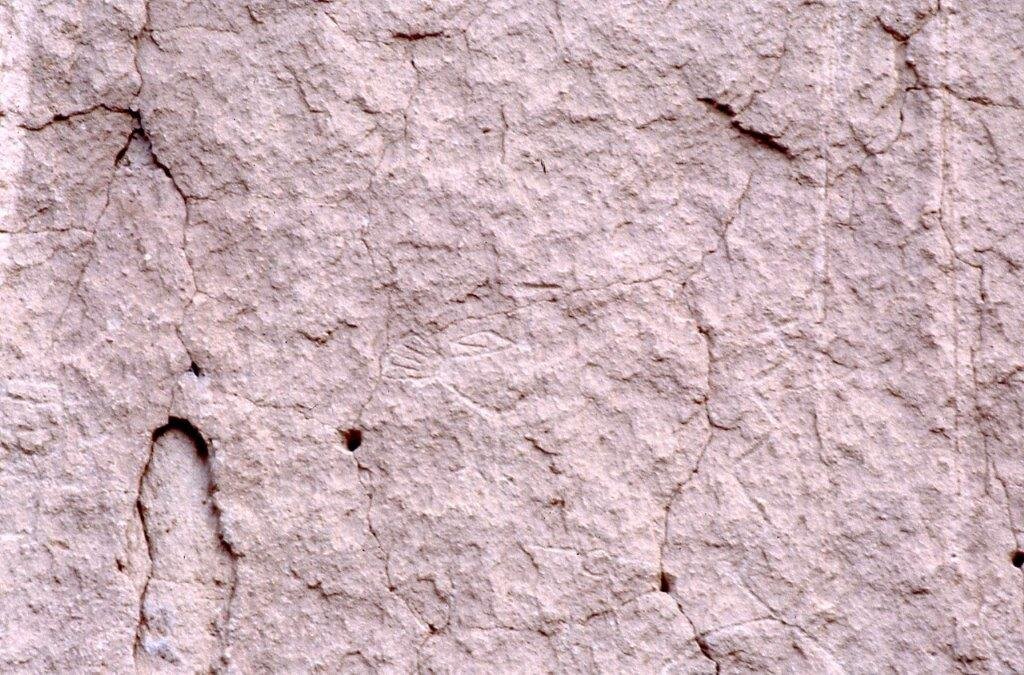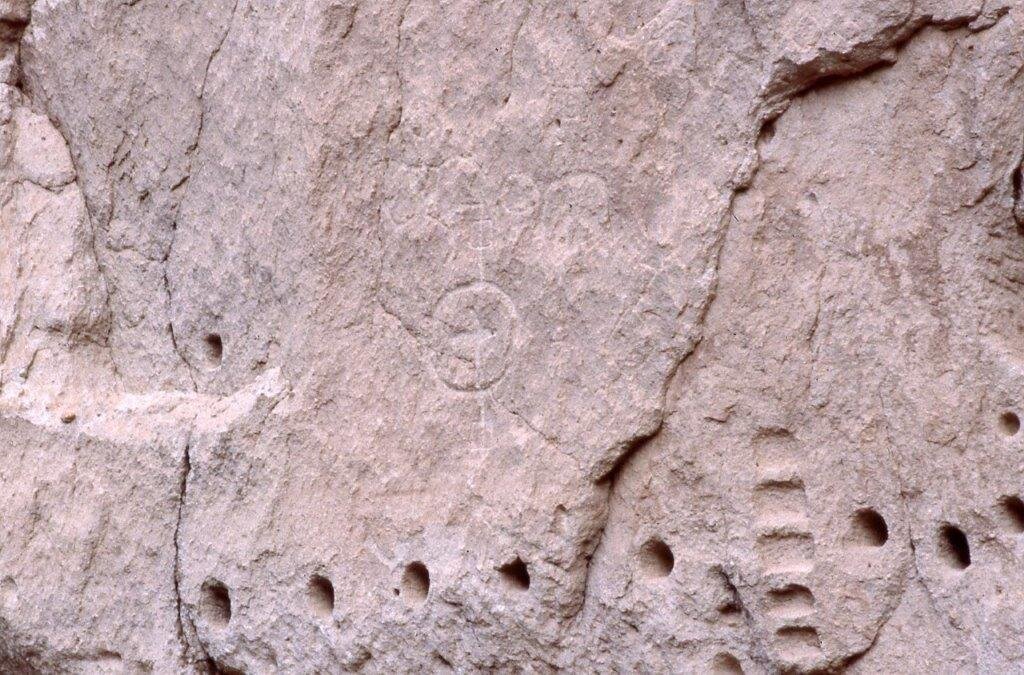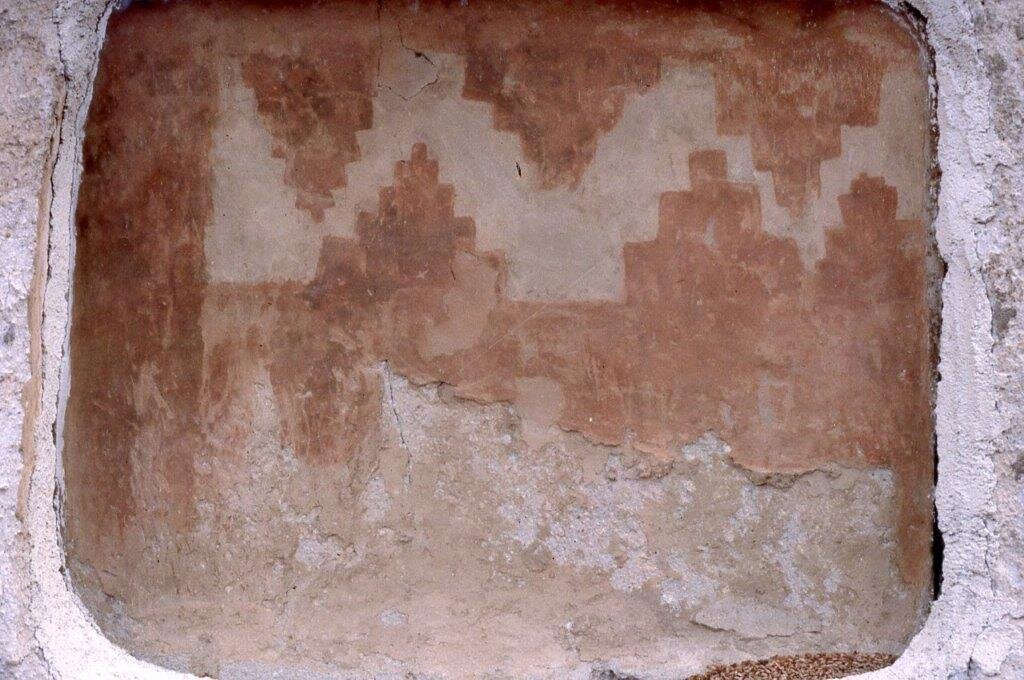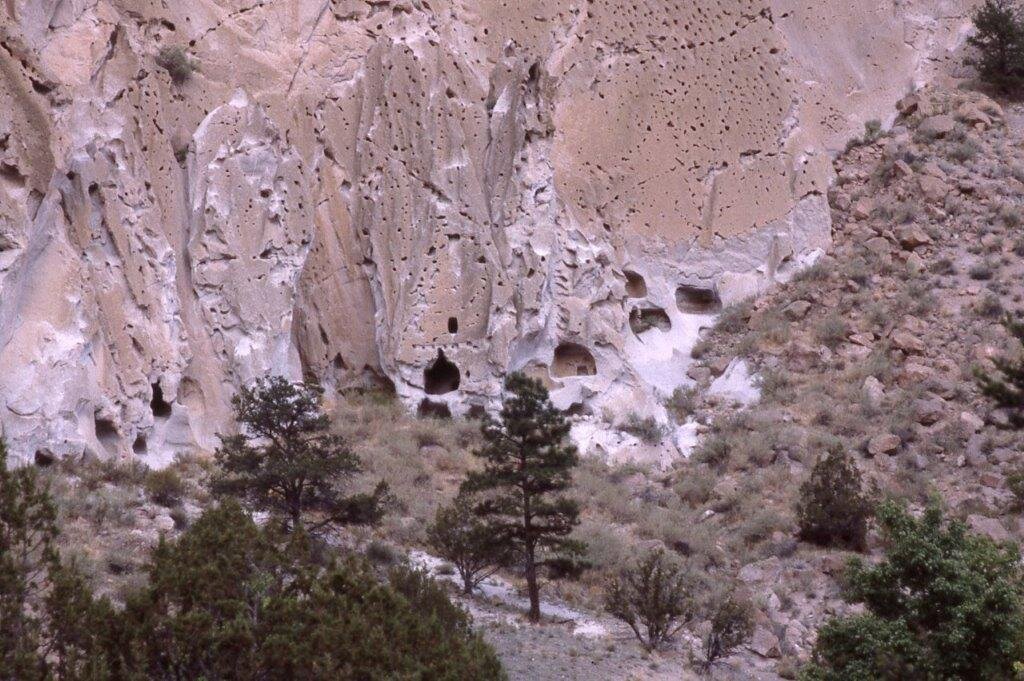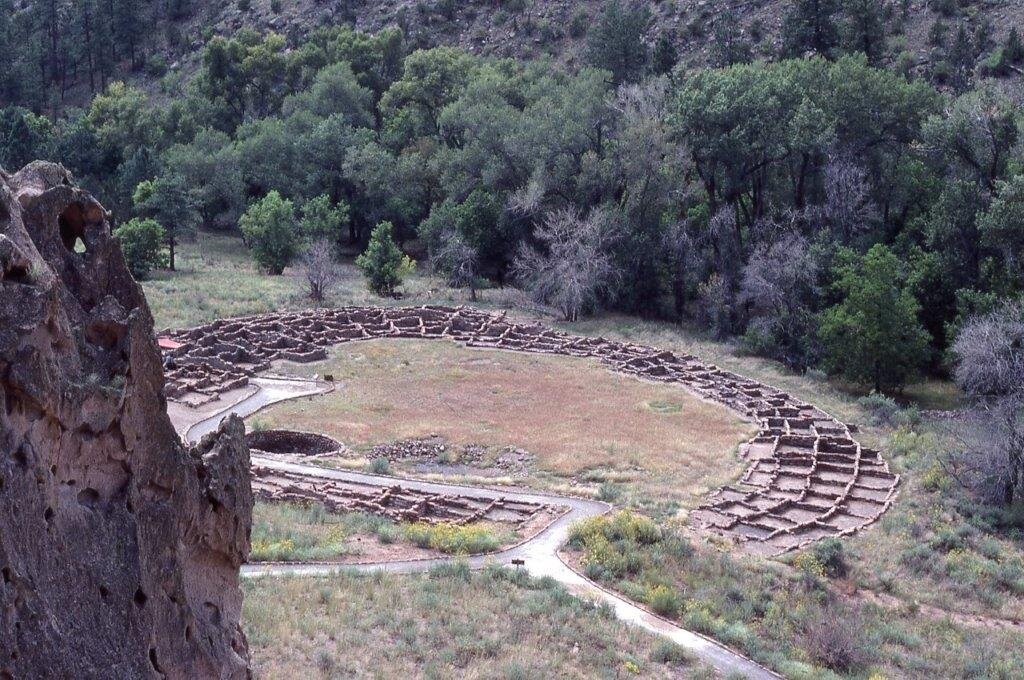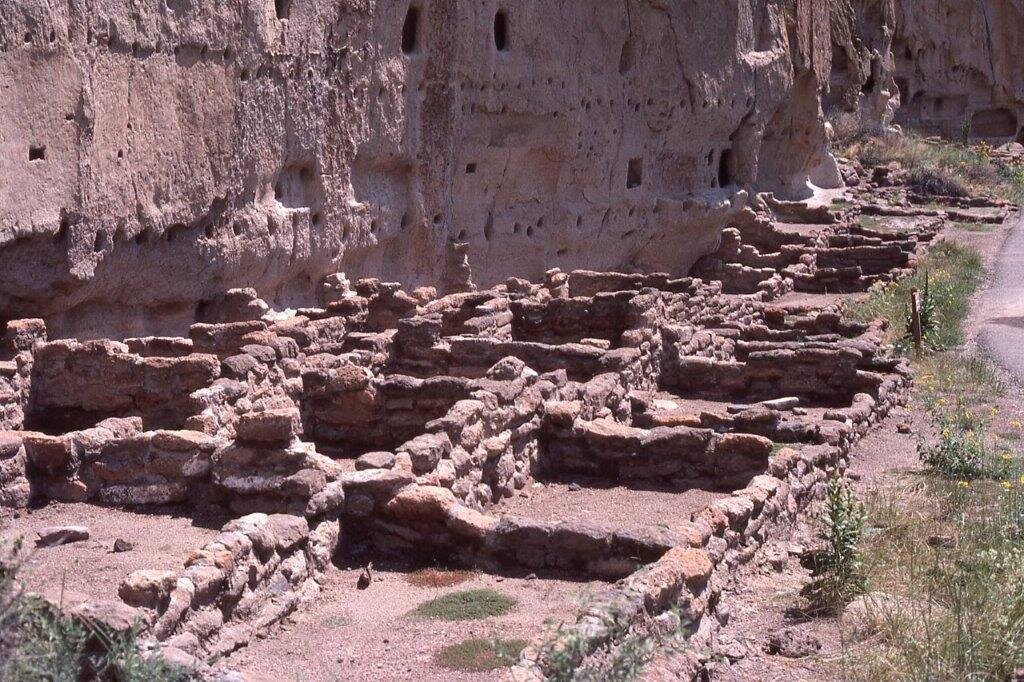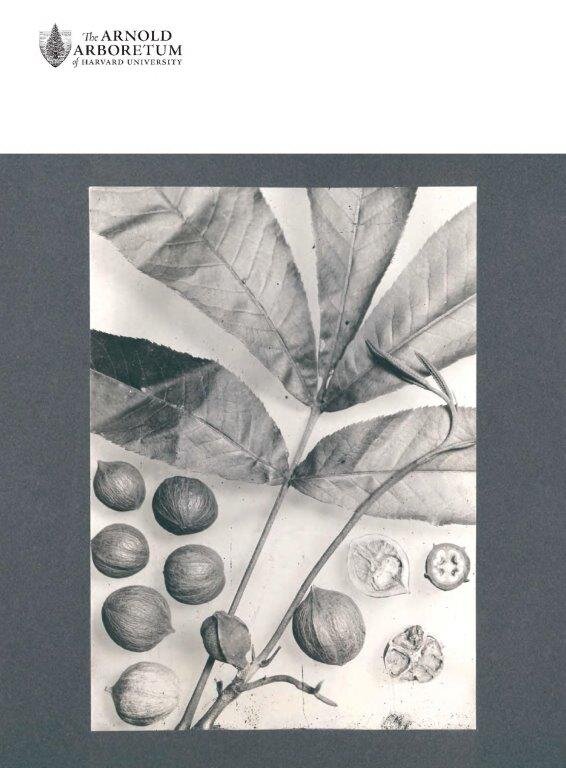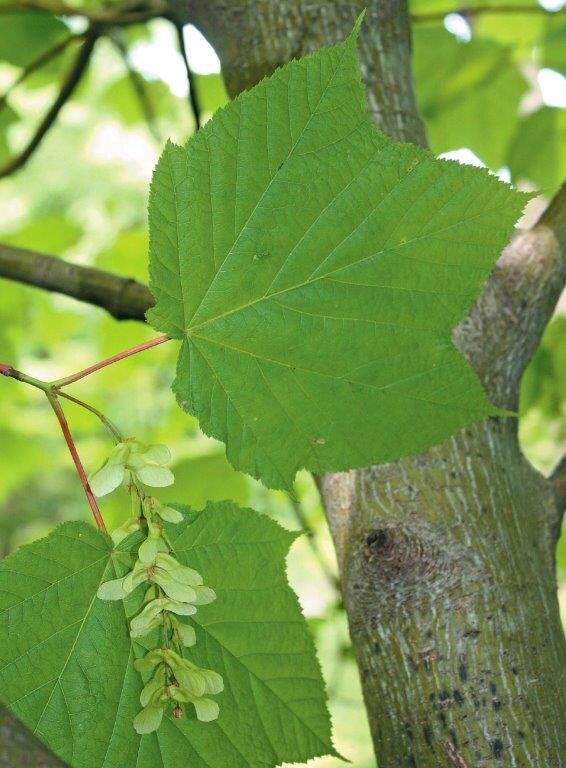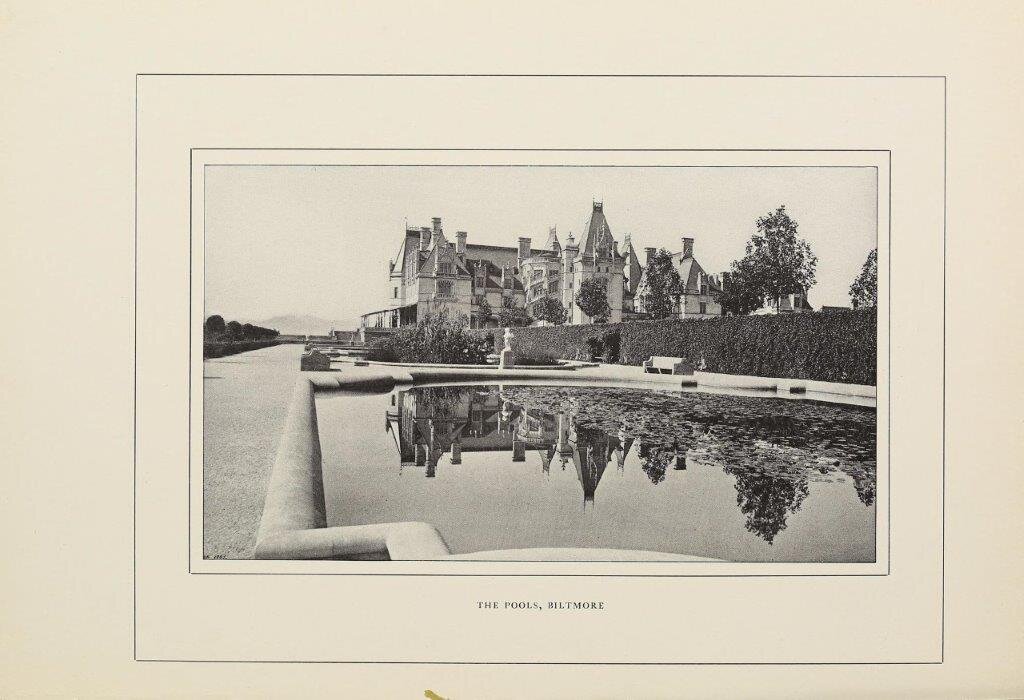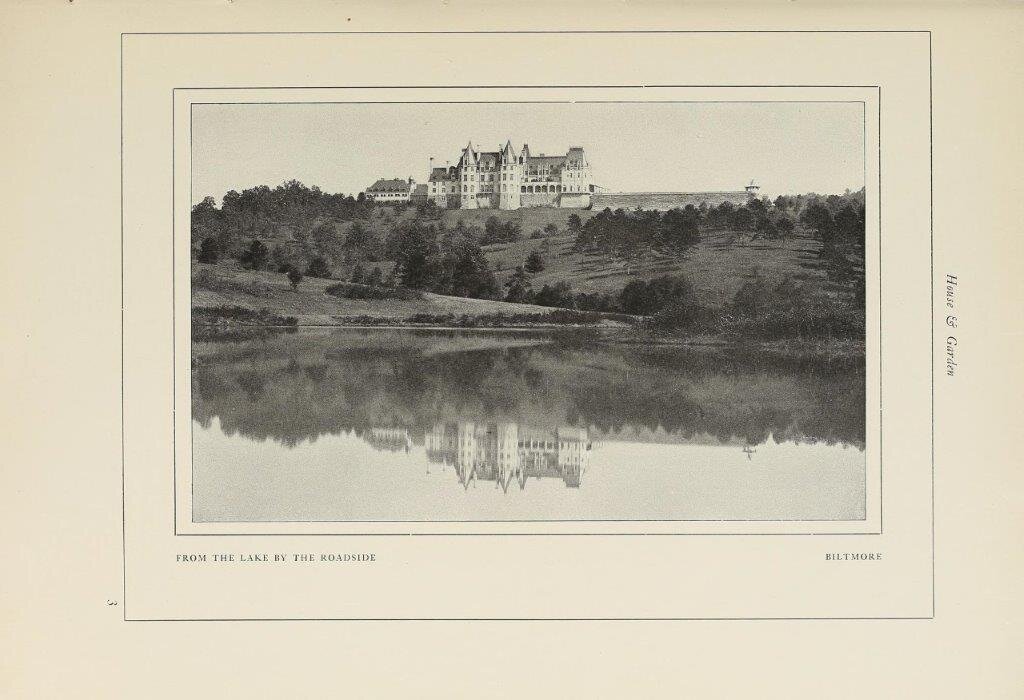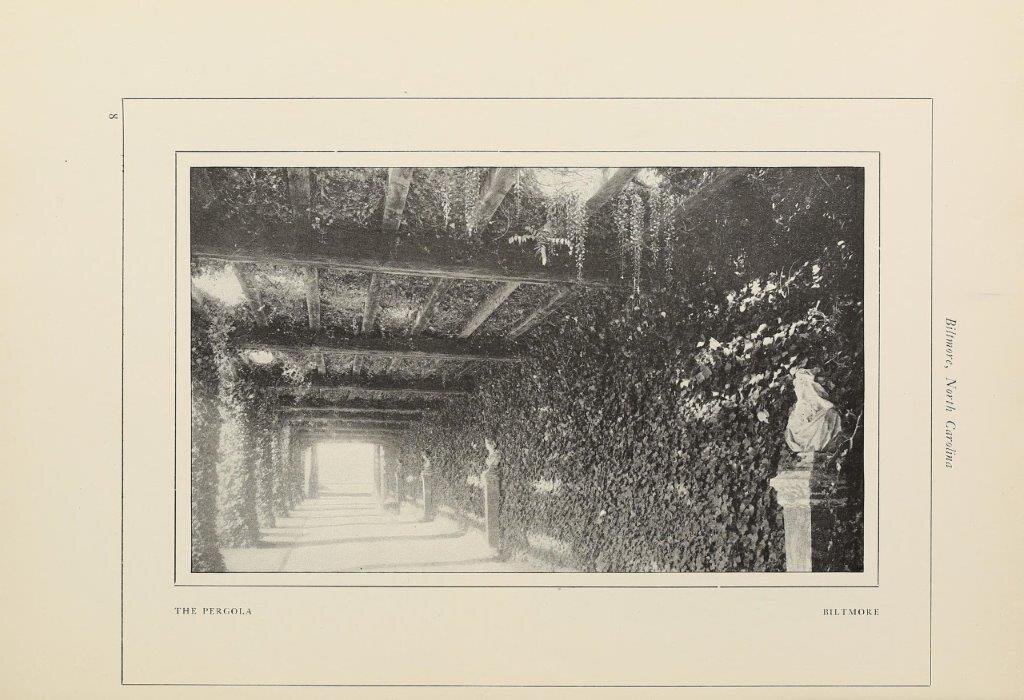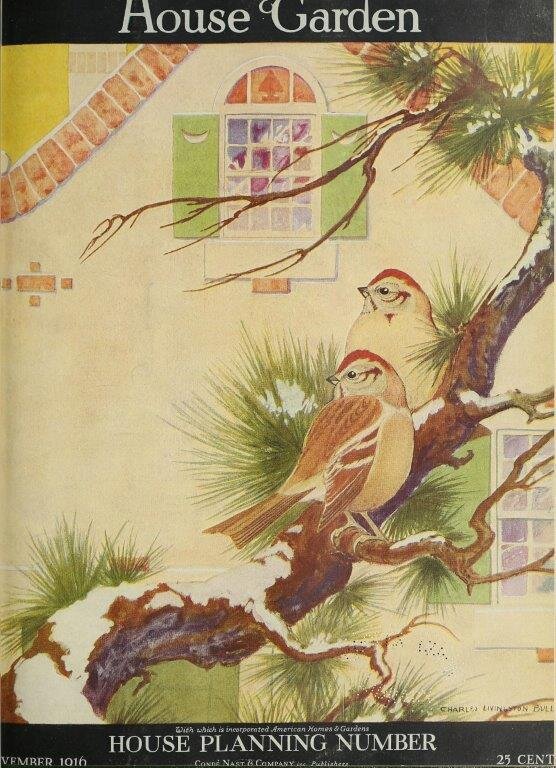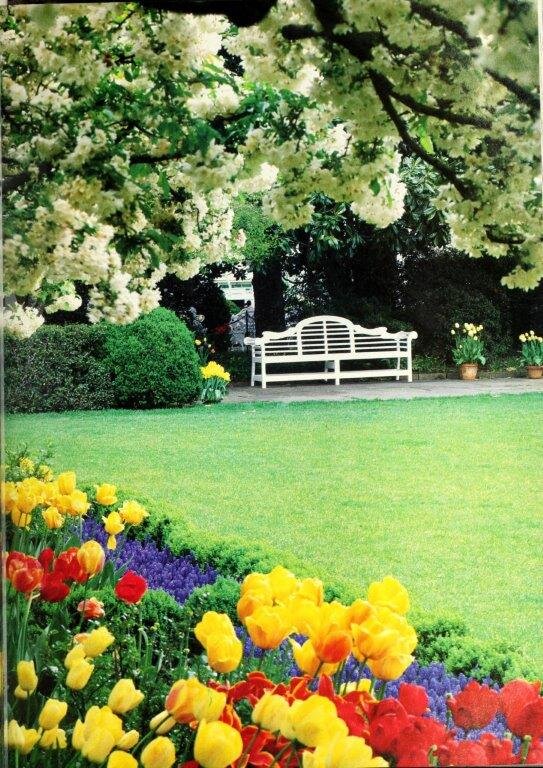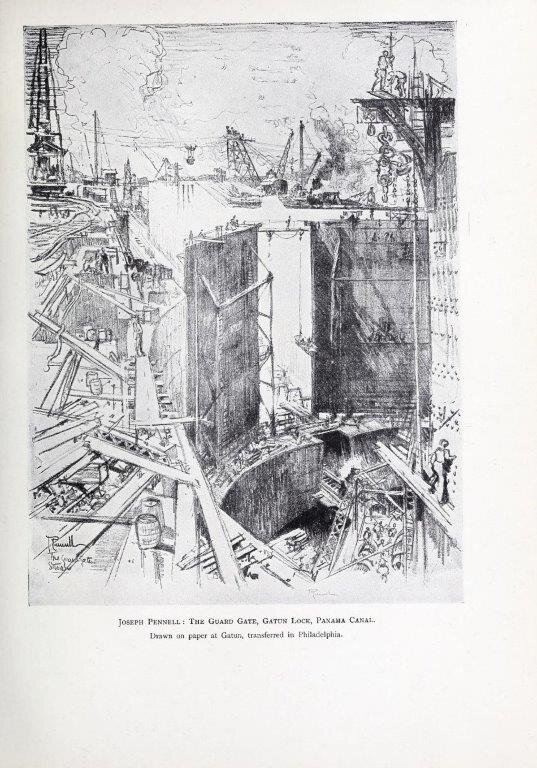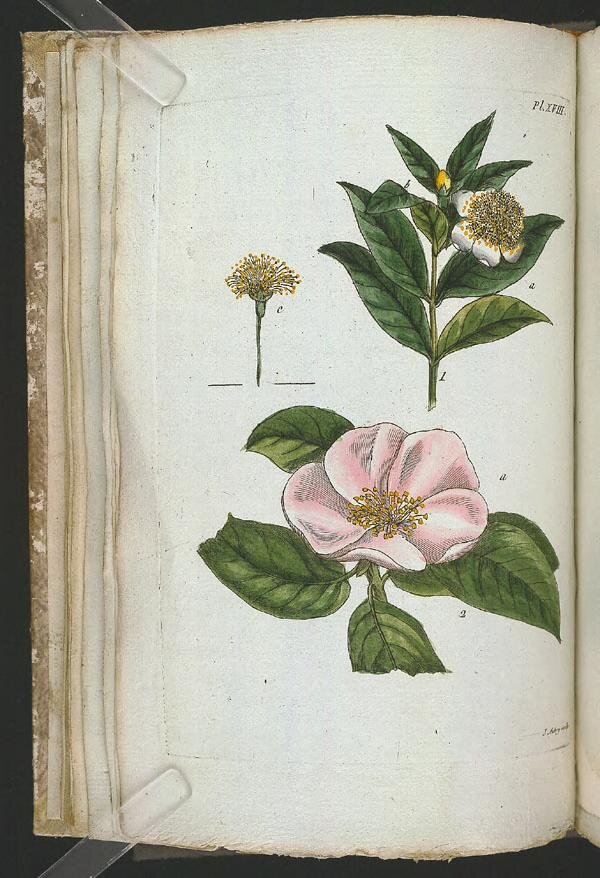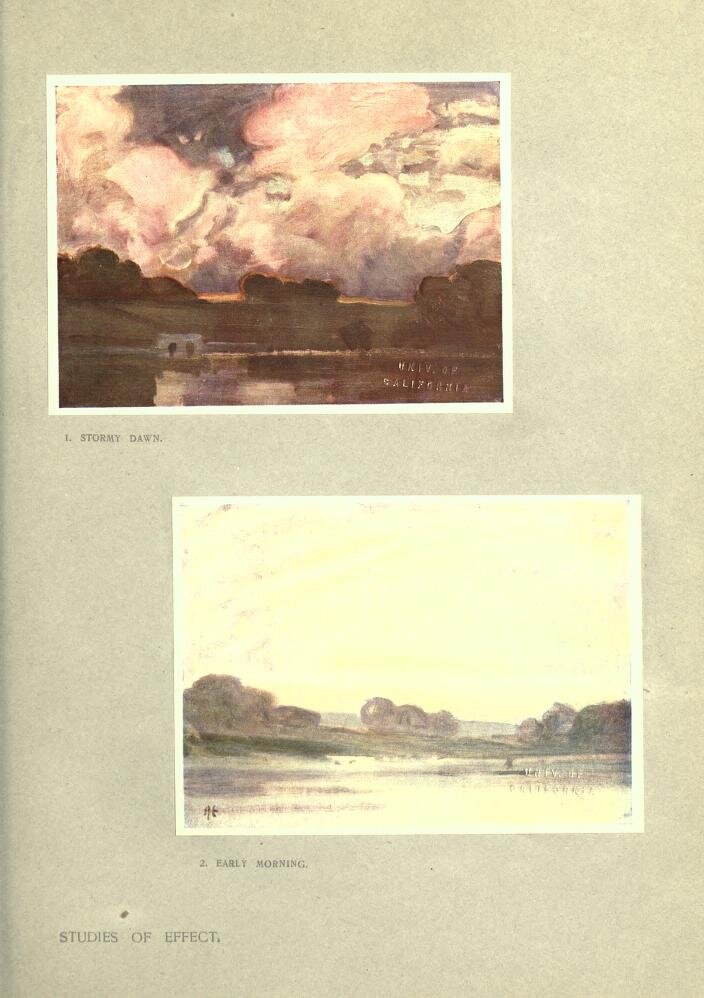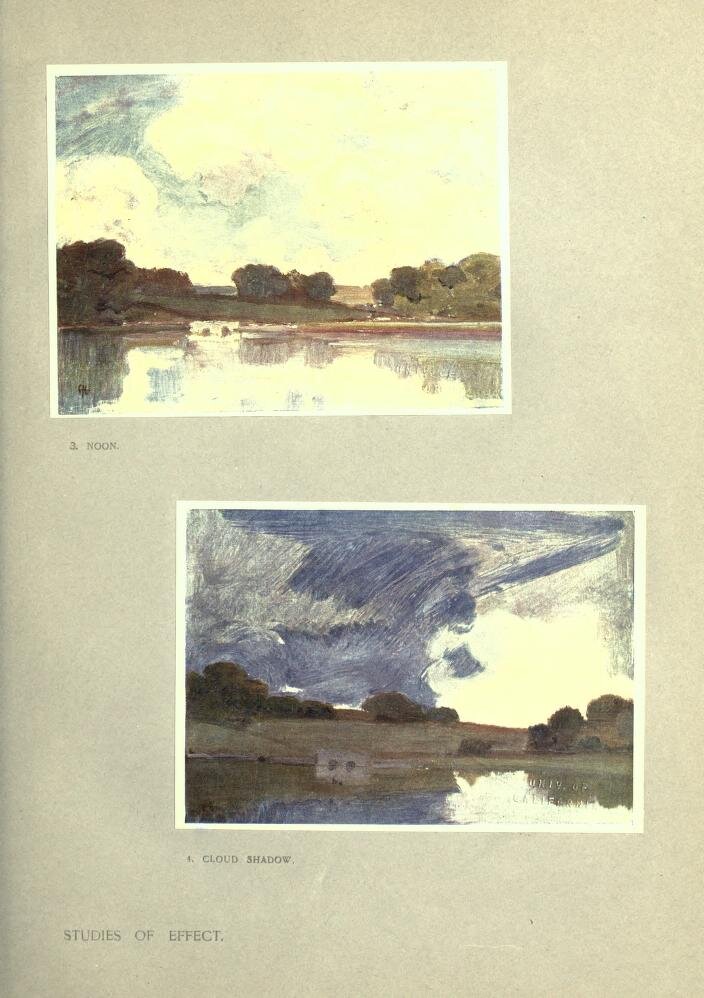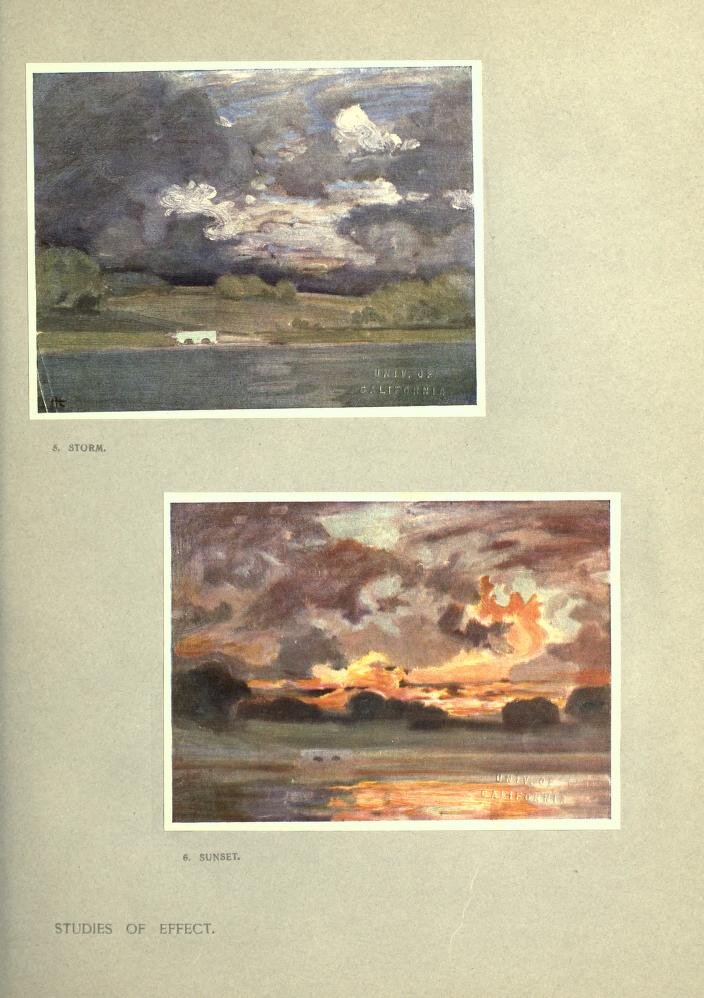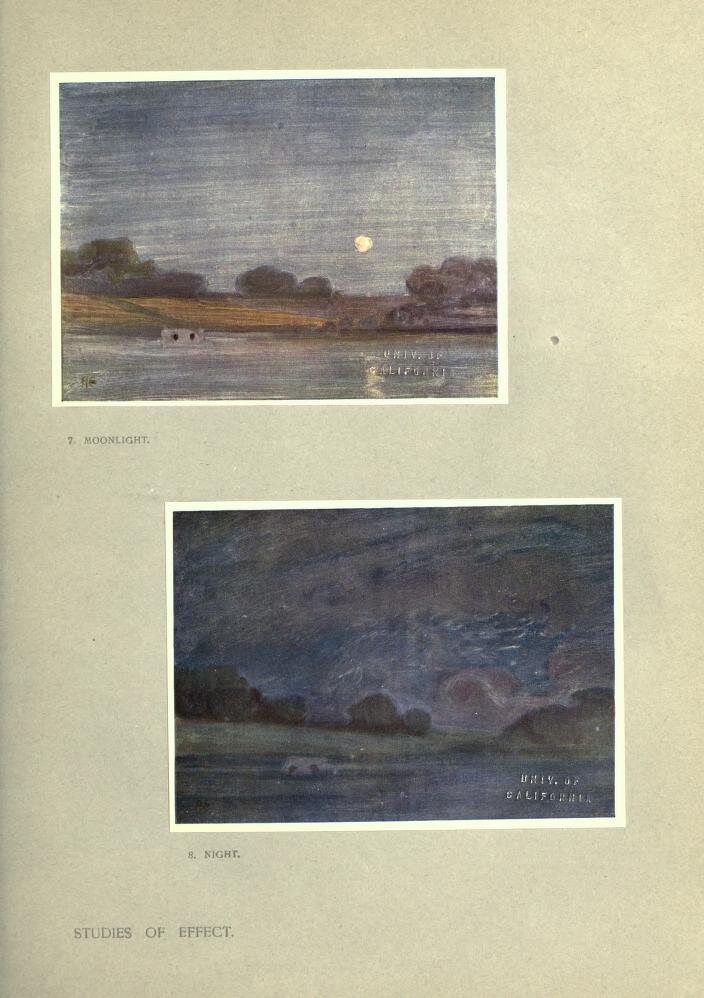Hugh Thomson – Illustrator
/I noticed Hugh Thomson’s work when I was browsing the Stephen Lucious Gwynn books about Ireland and did a broad search for other books he illustrated. He was an Irish illustrator best know for pen-and-ink illustrations. I browsed 5 books with his illustrations back in February published between 1895 and 1913; I’ve selected at sample image from each one.
Tales of Maria Edgeworth (1908)
The Merry Wives of Windsor (1910)
A Kentucky Cardinal (1913)
Two historical reflections:
Do you prefer the pen-and-ink or the color illustrations? Today we are so bombarded with colorful illustrations/photographs that we tend to expect color…..but the pen-and- ink show a different kind of detail.
Based on the Wikipedia entry, Thomson died in 1920 at 59 years old. His career as an illustrator declined with World War I and he was forced to find other work during the last years of his life. I wonder how many people will find the COVID-19 pandemic as disruptive to their livelihood/life plan as previous generations found the World Wars.
As I was writing this blog post, I noticed that the Wikipedia entry for Thomson has a list of selected works that includes links to Internet Archive. Some of the books do not list Thomson in their metadata (i.e. the illustrator was not listed along with the text’s author) so I didn’t find them in my broad search. Hurray! I have some additional Thomson illustrated books to browse!
















